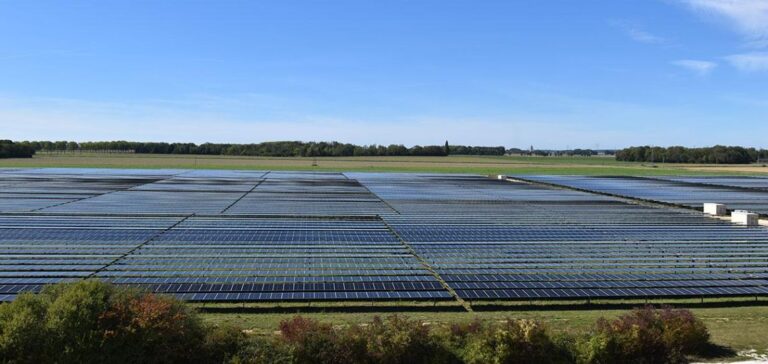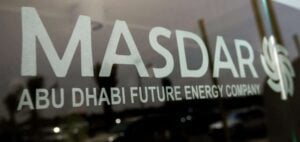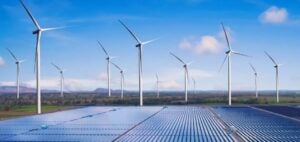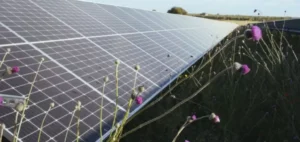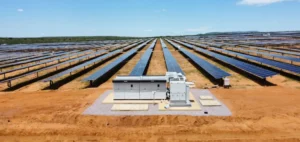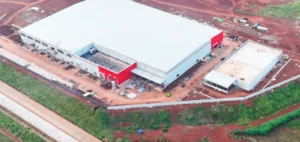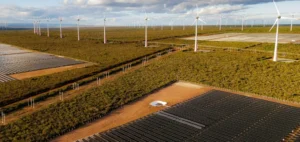The Maya photovoltaic project, led since 2019 by TotalEnergies in French Guiana, has been officially abandoned following the release of the revised multiannual energy programme (programmation pluriannuelle de l’énergie, PPE) for 2023–2028. The energy group’s decision comes as the strategic document sets a new direction focused on securing the power distribution network and geographically rebalancing infrastructure towards the western part of the territory.
Planned near Cayenne, the Maya project was to combine a solar power plant with storage capacity for a total output of 20 MW. Its cancellation is linked to the revised PPE’s lack of scheduled dispatchable generation projects around Cayenne. The document notes that the initially proposed capacity guarantees for the urban area are no longer deemed necessary, particularly given the ongoing construction of EDF’s 120 MW biofuel-powered plant in Larivot.
A territorial shift in energy project focus
The Collectivité Territoriale de Guyane (CTG) stated in the PPE that the primary goal remains to achieve 100% decarbonised electricity production by 2027 for coastal towns connected to the grid. However, the focus has shifted to the western part of the department, historically underserved in terms of energy infrastructure. In response, investment plans include doubling the existing high-voltage line serving Saint-Laurent-du-Maroni, as well as building two additional substations in the area.
This redirection has drawn criticism from several private-sector actors. During the presentation of the PPE’s key orientations, Arnaud Flament, Director of Voltalia Guyane and representative of the Syndicat des énergies renouvelables (SER), pointed to a lack of consultation in drafting the document, stating it appeared mostly finalised and difficult to amend.
A strategy prioritising distribution over production
Alongside the geographical redistribution of priorities, the energy planning document emphasises network stabilisation, citing its fragility due to inadequate grid coverage. The new high-voltage line is scheduled for commissioning by 2033, as part of a broader investment effort estimated at €5.716bn by that deadline. This figure encompasses operating, maintenance and infrastructure development costs, shared between local authorities and private companies.
Despite the abandonment of the Maya project, the PPE maintains growth targets for the solar sector, with planned capacity of 150 MW by 2028 and 175 MW by 2033, up from the current 114 MW. Solar energy remains the segment expected to see the most significant growth within the Guianese energy mix, with no new hydroelectric developments or notable expansion of other sources foreseen.


